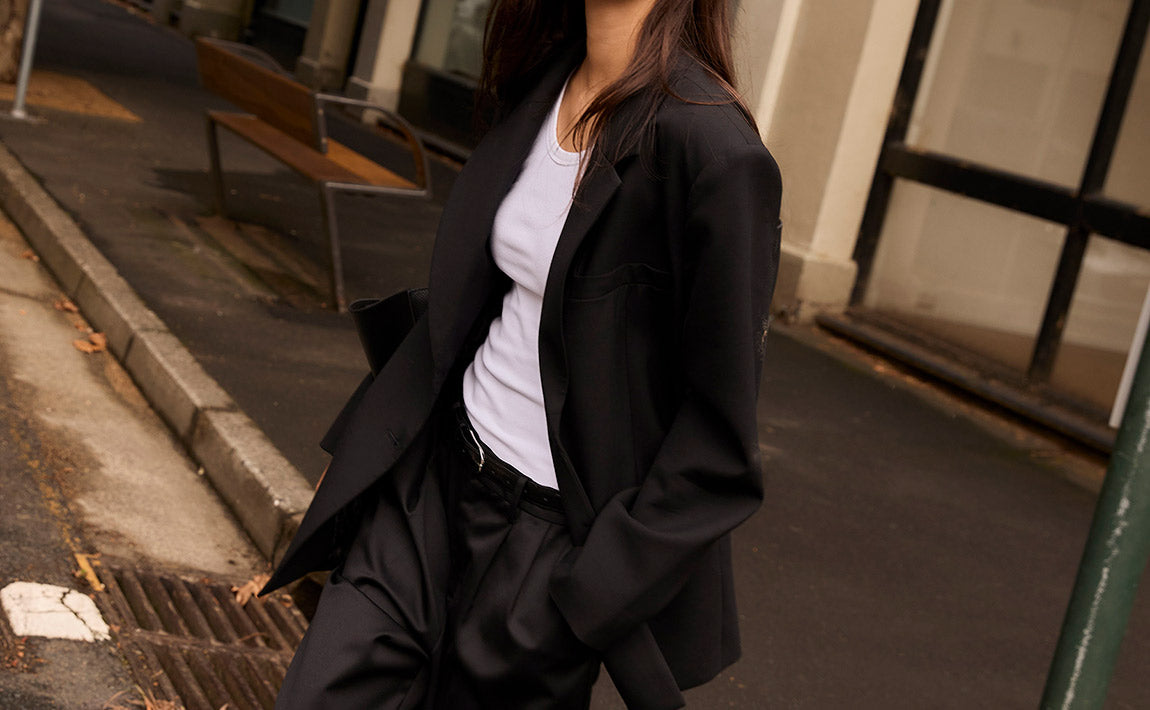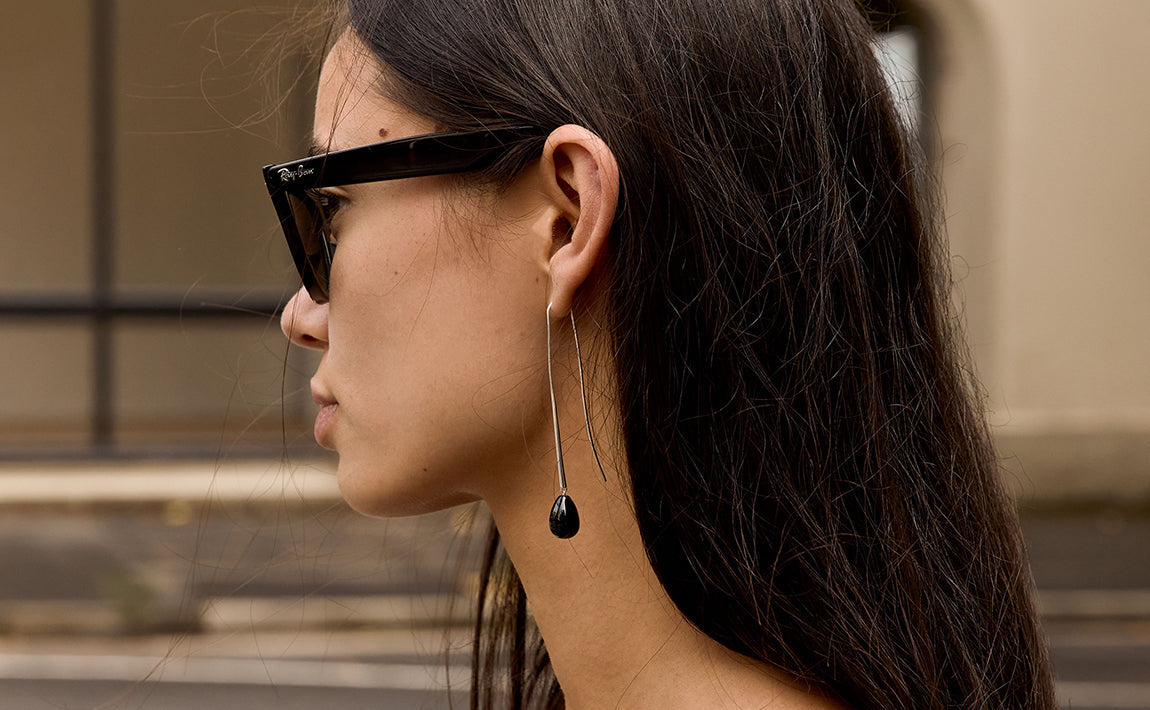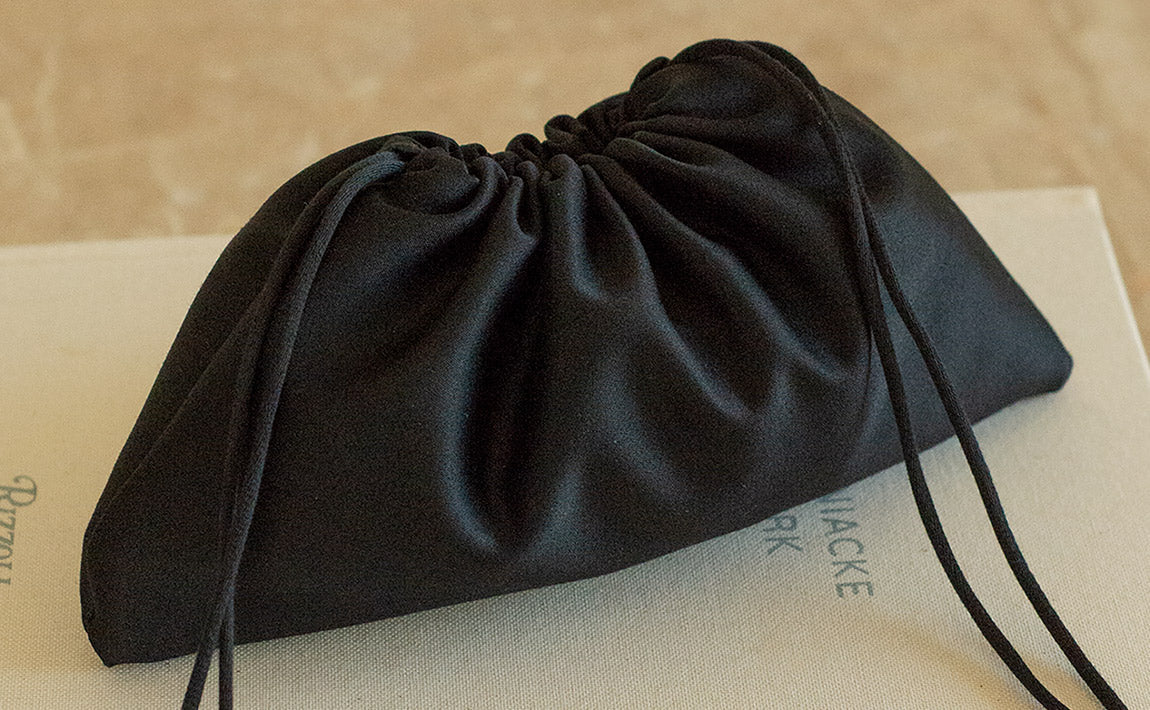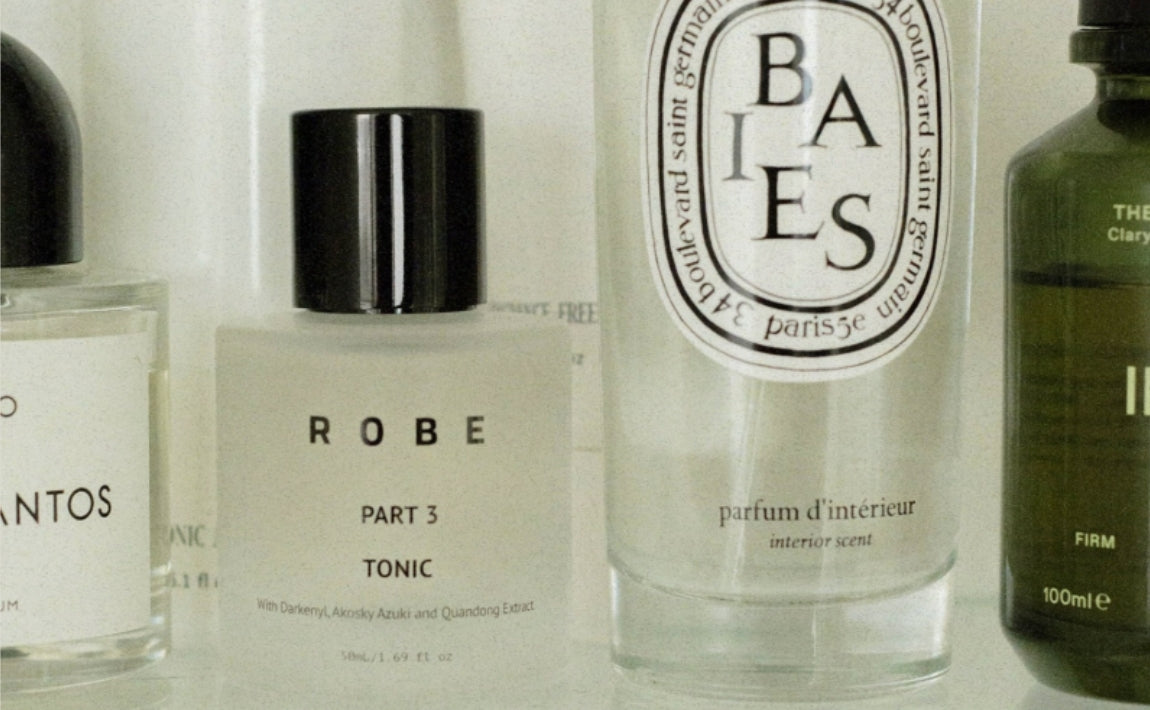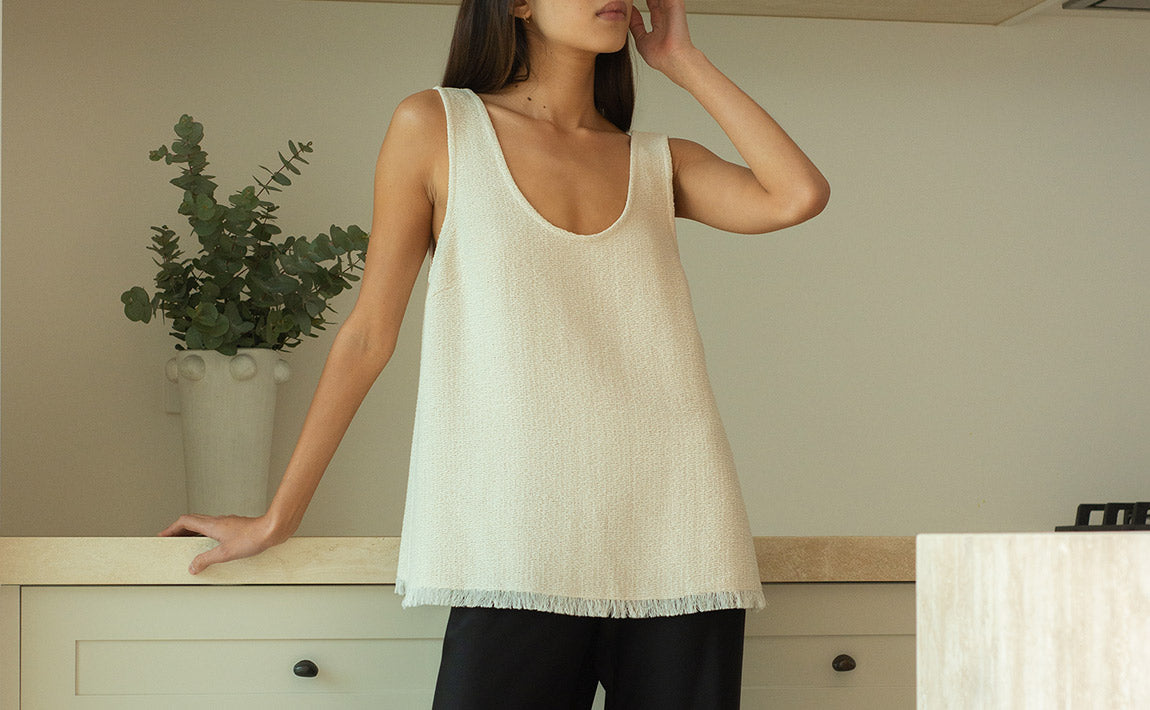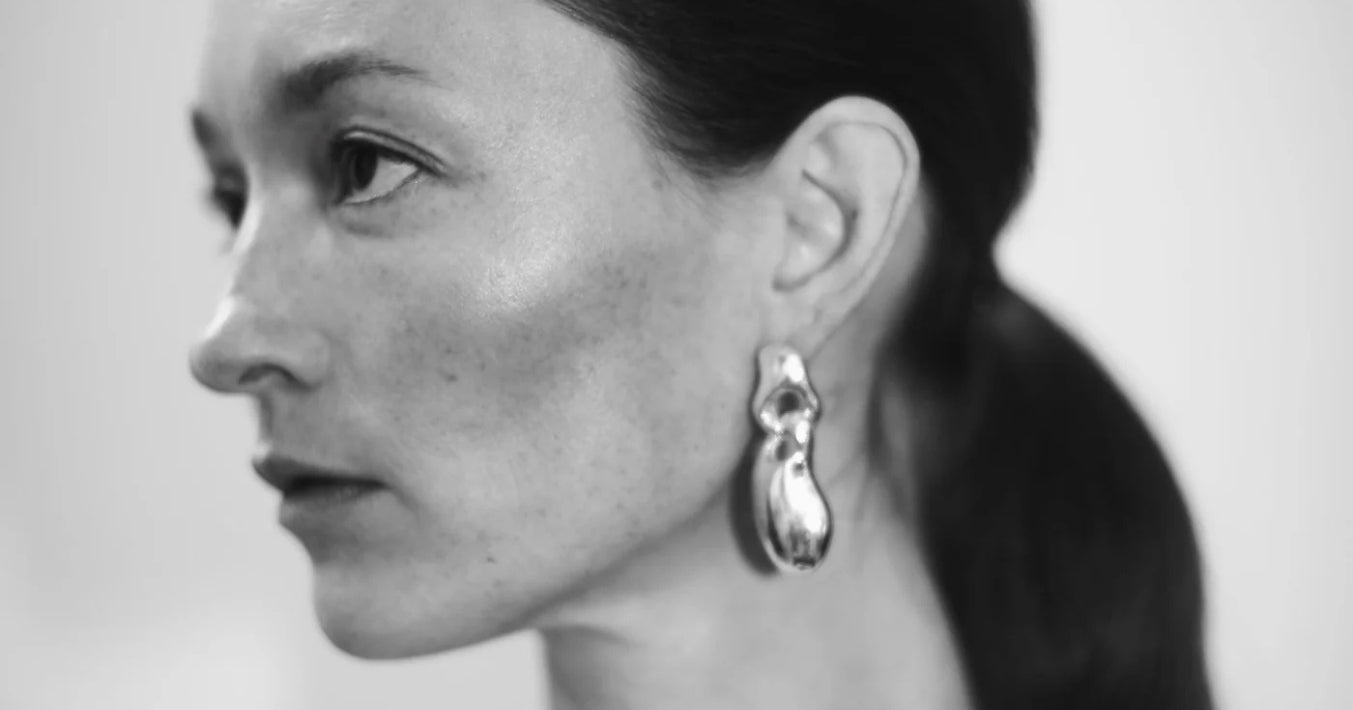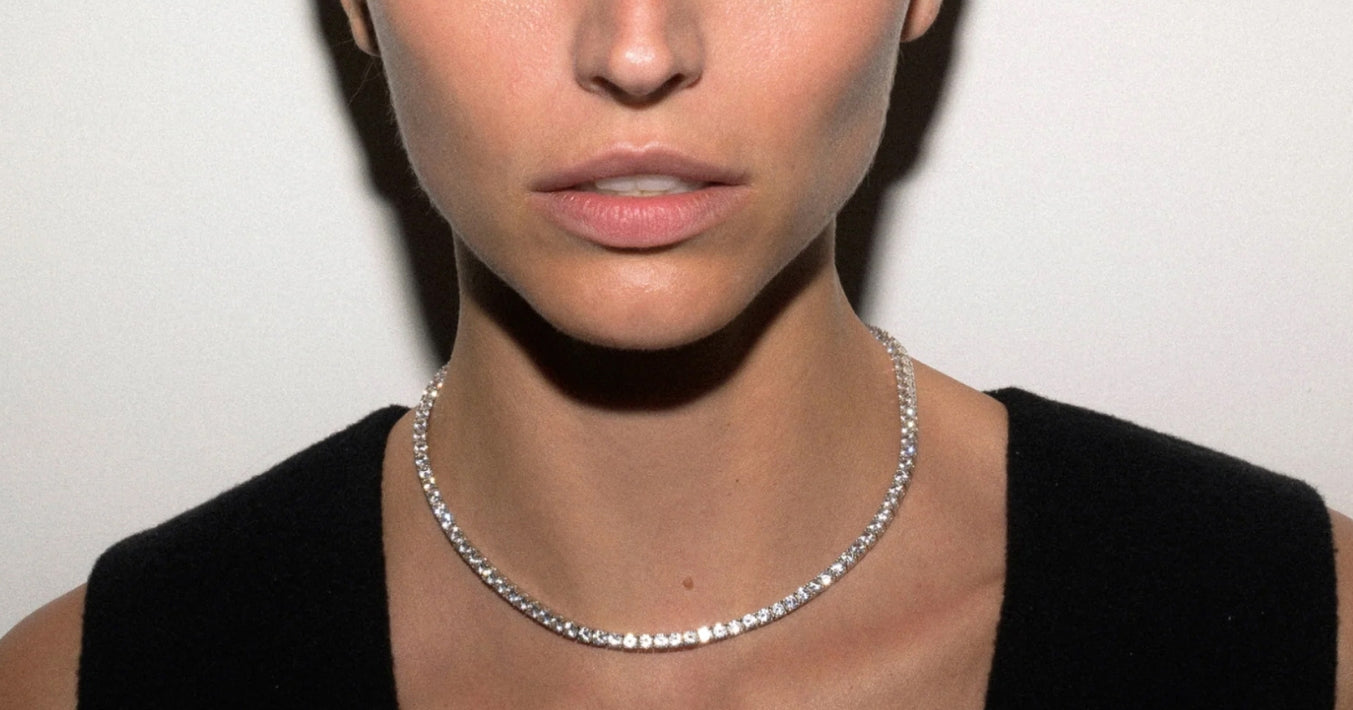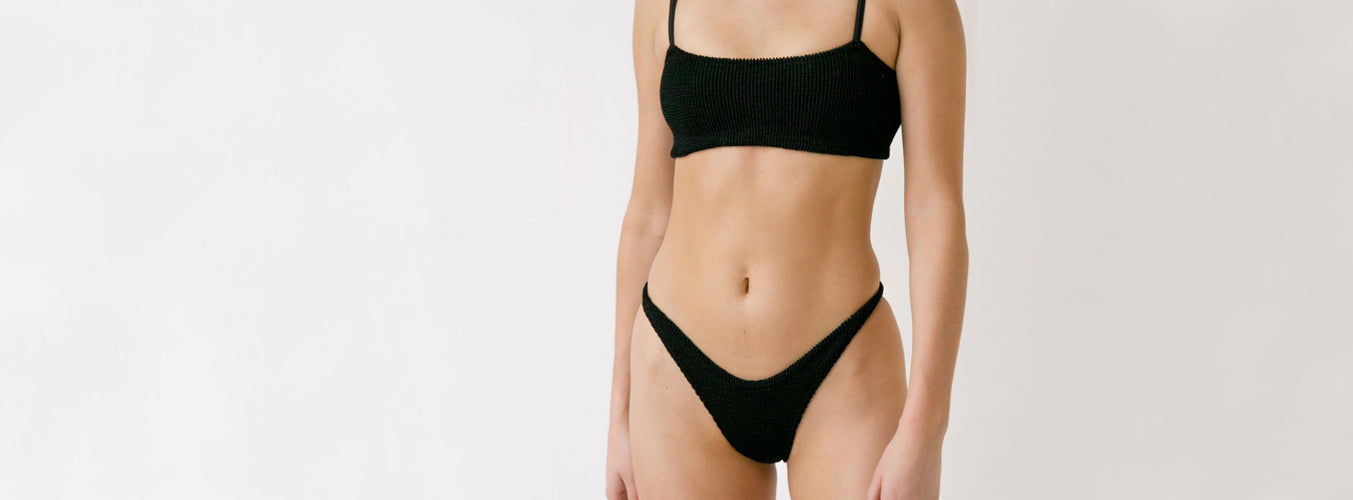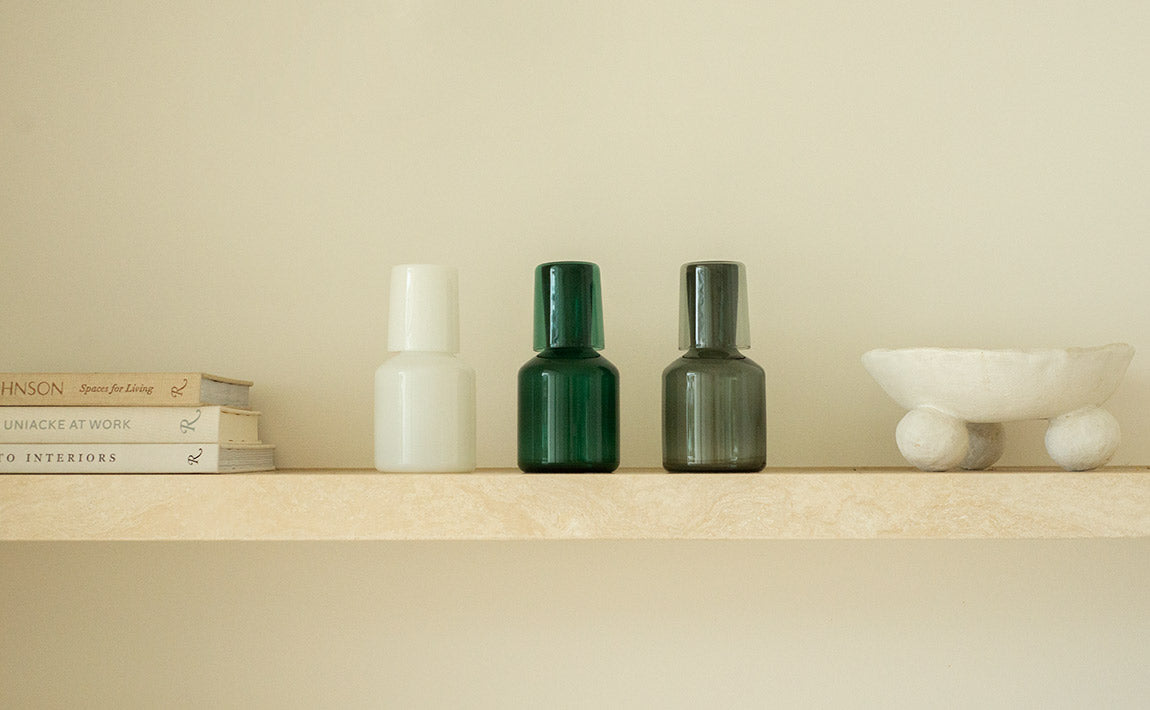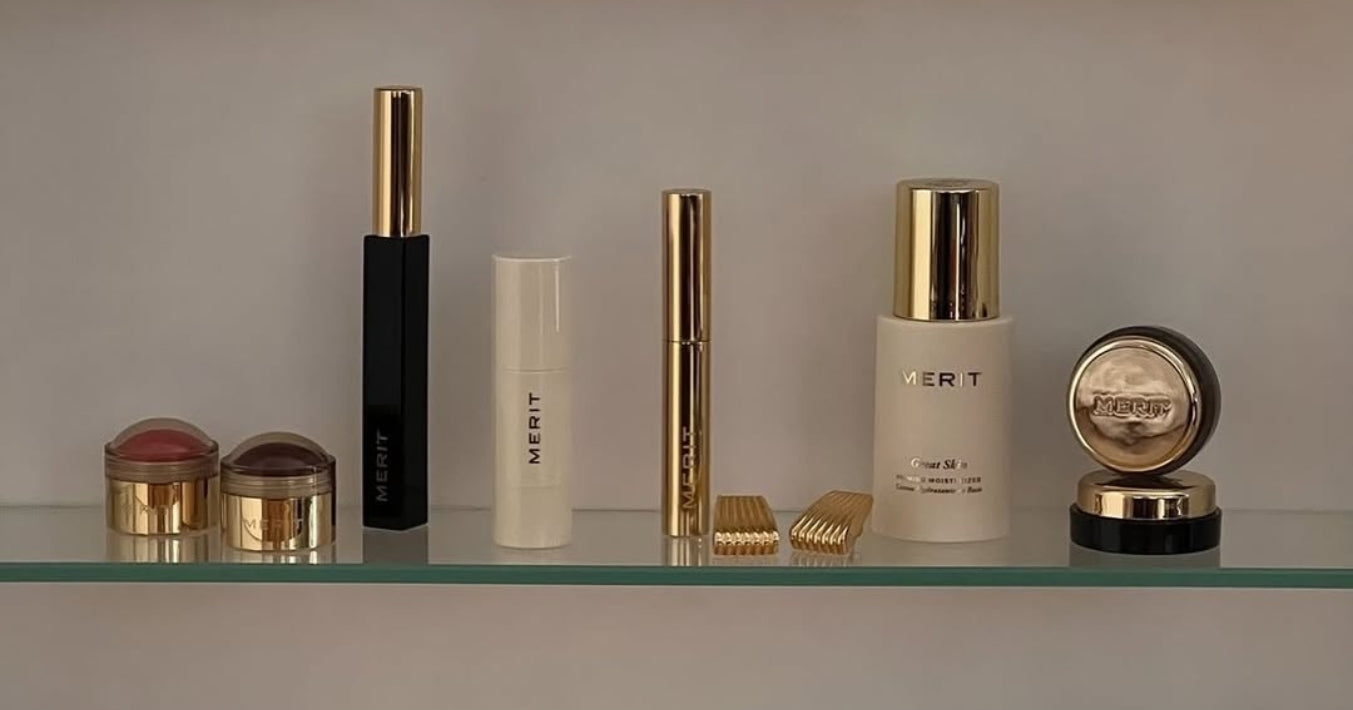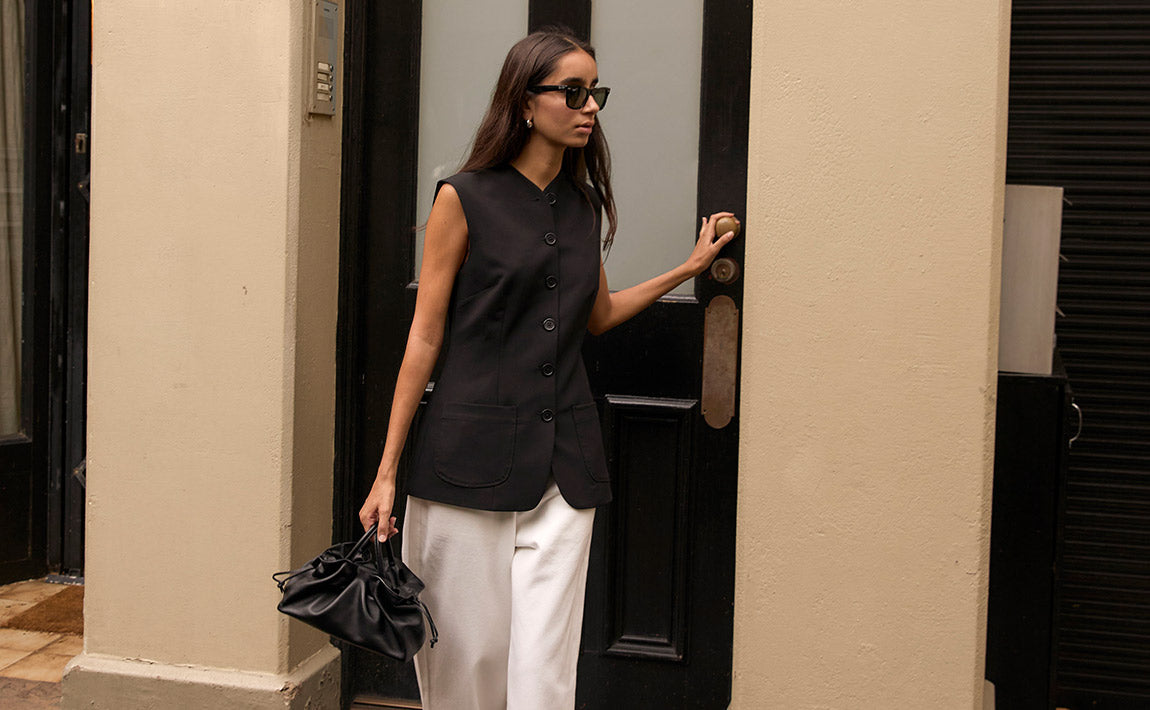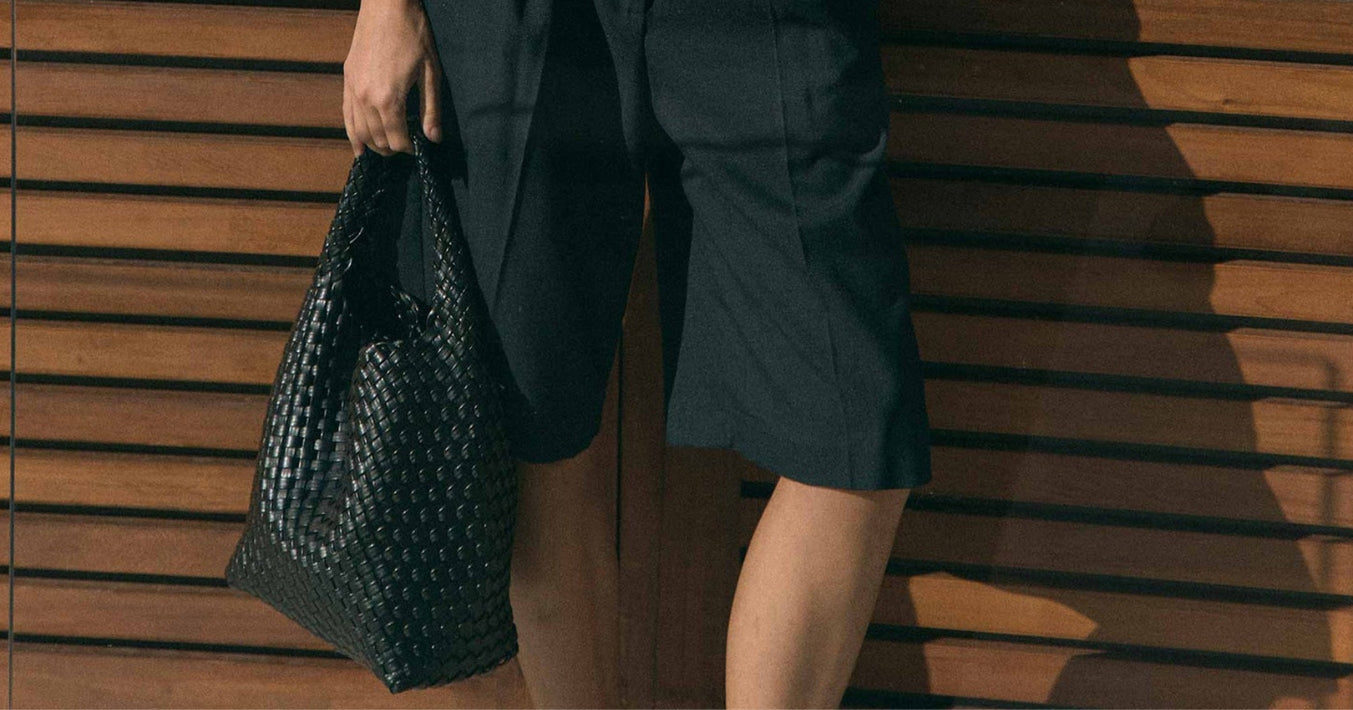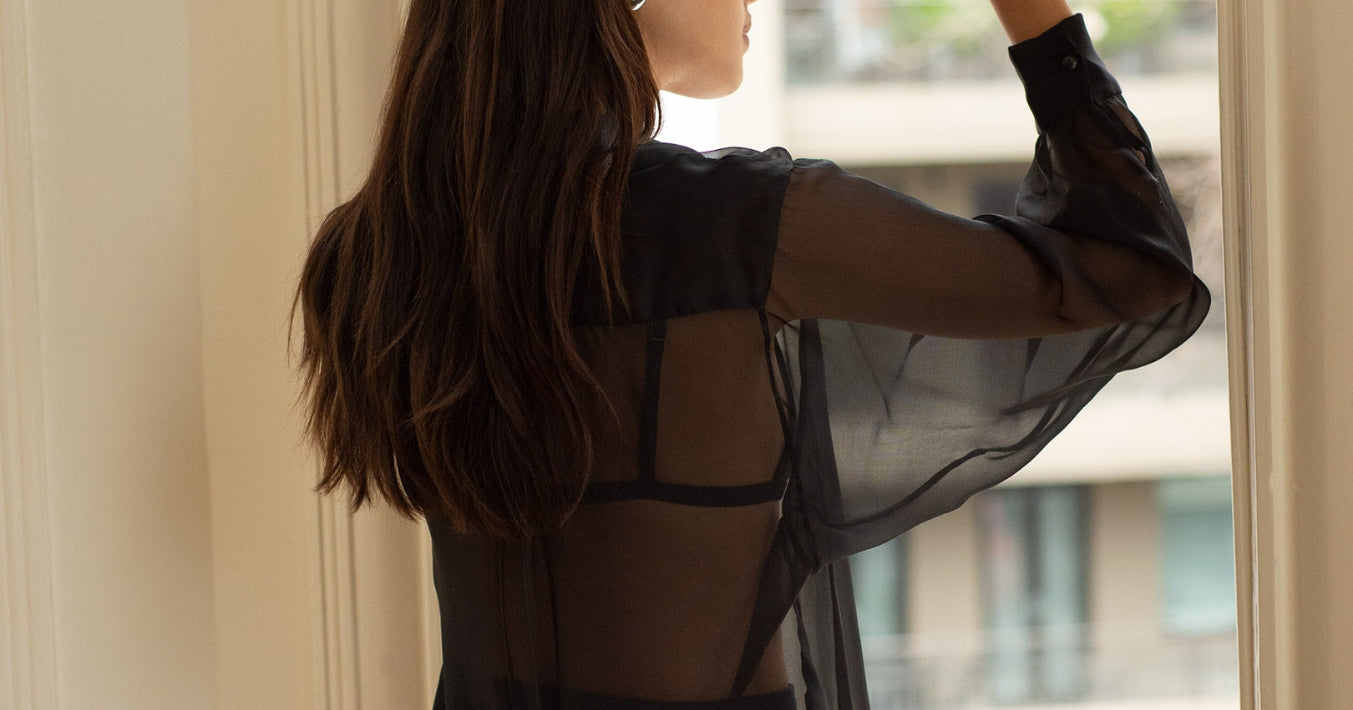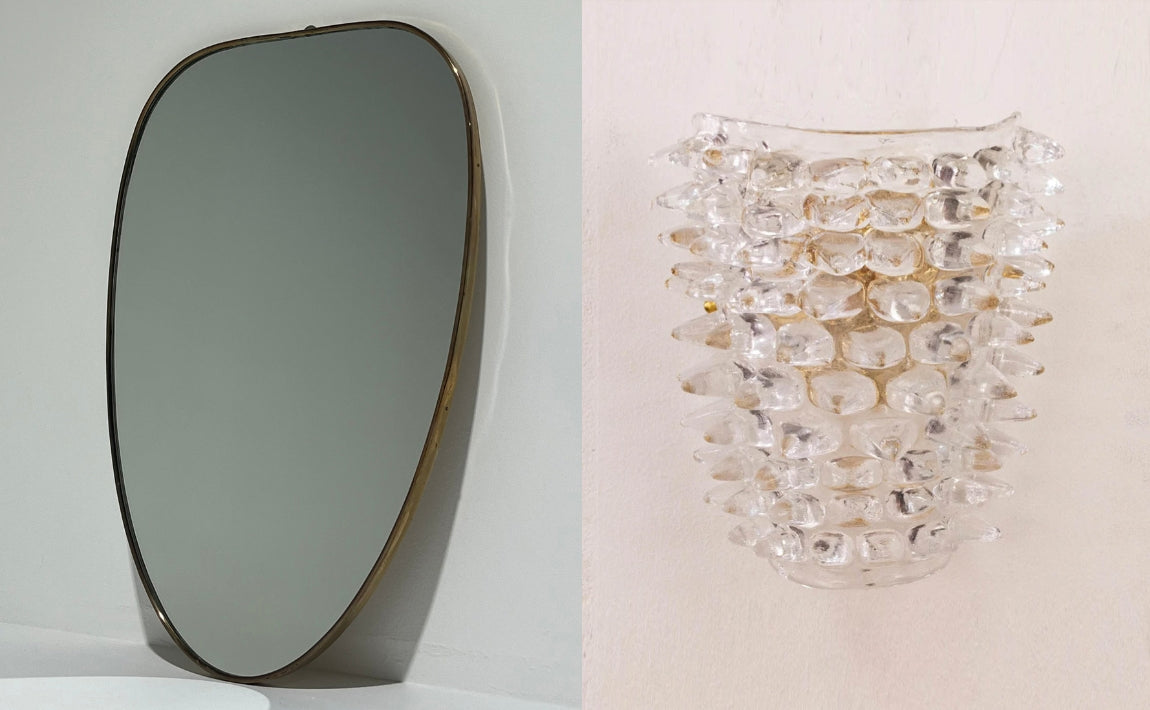The Race To The Inbox: Why Fashion Loves Substack
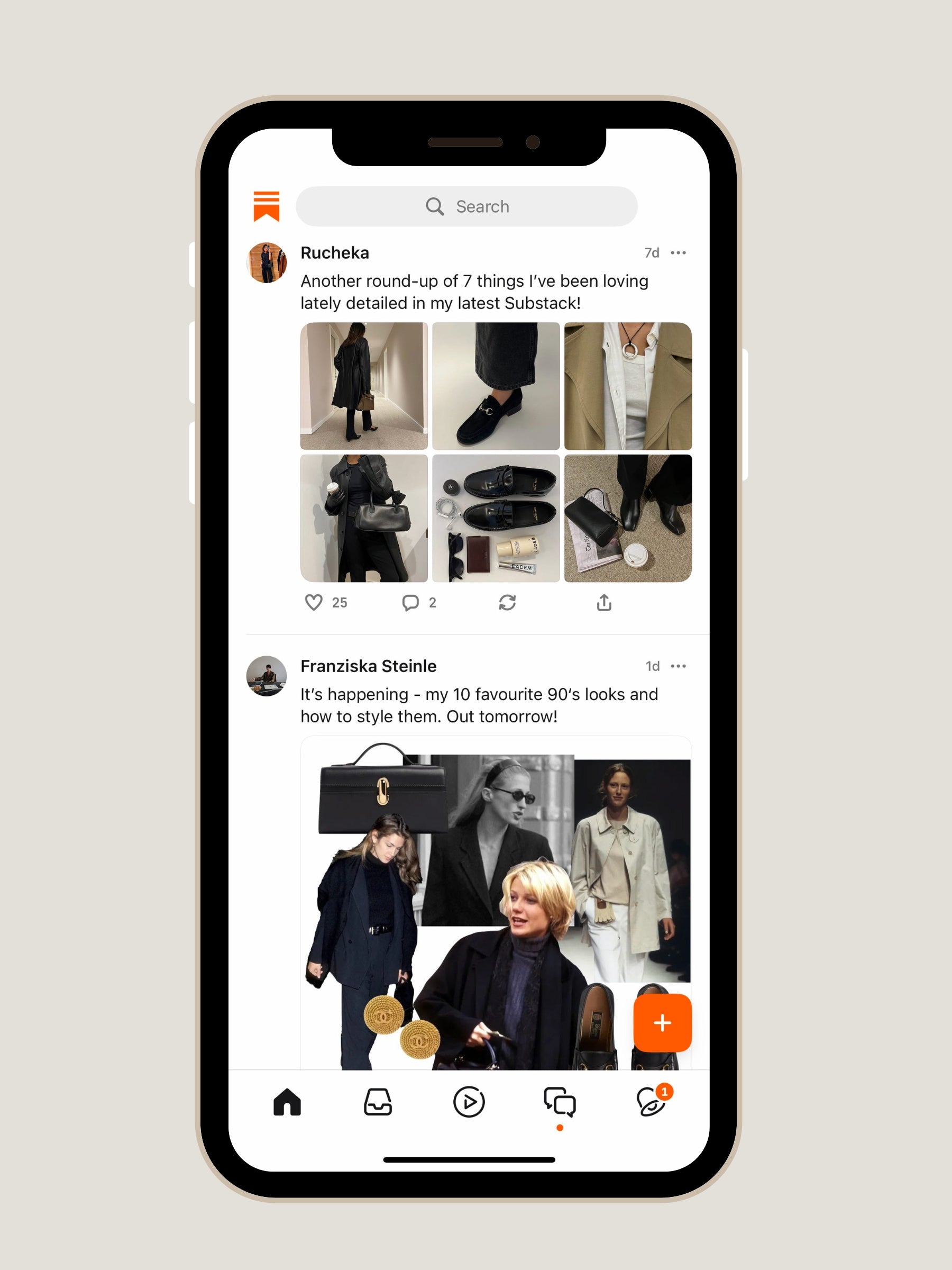
Those who follow the international runways will know the trends with the biggest impact often appear in the front row. And it’s not always about the fashion: it’s also about who is sitting there, and perhaps most importantly, why. This past season, Particularly in New York, change was afoot in the seating plans. Alongside the celebrities, editors and influencers, there was a new type of influencer showside: the Substack writer. All of this signalled a change in the air: fashion is taking Substack very seriously.
This is an encouraging sign for a fellow Substack writer like myself. I launched my newsletter, Reservations, at the beginning of 2023. In the time that I’ve been running my own newsletter, Substack as a platform has grown from 2 million paid subscribers to more than 3 million. When it first launched in 2017, Substack was especially alluring to authors, who had somewhere to put their words—and get paid for them—in between novel releases (George Saunders was an early adopter of the platform). Elsewhere, news journalists left prestigious global titles to write for the direct-to-audience platform. Then came the fashion editors: veteran style writer Amy Odell started a Susbtack called Back Row, covering industry news; and former writer of The Cut, Emilia Petrarca, launched her own offering, affectionately titled Shop Rat.
How Substack Works
Operating on a subscription model, whereby writers charge a monthly subscription fee (usually $5 per month) for access to their work, Substack allows independent writers to build their own audience and to speak to them directly. According to Substack CEO, Chris Best, the goal of the platform is “to allow writers and creators to run their own personal media empire.” While that’s not my goal, it is fulfilling to get paid for my words. This is how it works: Substack takes a 10% cut of earnings and its payment company, Stripe, takes another 3%. The writers get the rest. I have 1,500 subscribers, with 10% of those paying subscribers. I’m conscious that if I was able to convert all of my subscribers to paid (you do the maths) then I could be working on Substack in a full-time capacity. Meanwhile, the top 10 authors on Substack collectively make more than $37 million per year.
In exchange for their dollars—and access to their inbox—the reader has an expectation that content will be of a higher quality than on free social media platforms like Instagram or TikTok. So says Australian fashion writer Zara Wong, who launched her letter, Screenshot This, during Melbourne’s pandemic lockdowns. Wong, who is a respected local fashion journalist (and the former fashion features director at Vogue Australia), said Substack appeals to her because she’s able to go deeper with her audience than on other platforms. “I do a lot of research, and I’m able to draw on years of experience across various fields that I’m not able to convey over other social media platforms. I love fashion, but I love fashion more than a cute outfit and some shopping links which I’m able to express better on Substack.”
A large part of Substack’s appeal is trust.
Social media has become oversaturated with influencer-driven recommendations, leading audiences to question the authenticity of content. On the flip side, Substack prioritises long-form, thoughtful content without the interference from algorithms or paid posts. Wong, whose newsletter is now Australia’s #1 most-read style Substack, said the platform encourages intentionality. “The engagement with newsletters is immense and truly deep and genuine. I don’t want to trade the strong engagement I have with my readers for something that might be paying money but isn’t ultimately right for my Substack.”
My personal approach to writing for Substack is as if I’m writing to a friend. My posts are highly specific, more targeted, and reveal more personal anecdotes than my social media platforms. My most popular post, titled A Year On, features reflections of the first full calendar year after the cancellation of my engagement. This is only possible because I have fostered a community built on trust. Readers subscribe because they’re getting direct access to both my experiences and expertise.
All of this creates a community feeling that is now missing from social media platforms. I once heard a Substack writer describe it as “offering the best of both worlds: the benefits of being part of a network, with the control of a private space.” Substack continues to create new features that foster this community experience. Its latest offering, live chat, allows writers to host conversations with subscribers and allows readers to talk in an open forum. This encourages personal, intimate and real-time conversations with a subscriber community, building an authentic relationship between author and reader.
A Safer Space
Digital creator Ali Whittle supplements her social media presence with a Substack titled Smooth Brain, where she posts shopping content (a recent post was simply penned: ‘26 of my favourite f*cking coats!!!!!!’). She uses the live chat feature to interact with her community: “A lot of the Substacks I subscribe to have really active chats, so I was curious to see if anybody in my community had a question or wanted a clothing recommendation, or anything. I recently started running again so I’ll post in there about running shoe recommendations or something like that. You just never know, and often people are silent consumers, but any reply, any comment, is the most amazing thing to receive.”
Whittle has noticed a trend of fellow creators like her moving onto the platform. “What a lot of people are doing—if they are creators already—is also launching a Substack, or moving in that direction,” she explained. “It’s easy to monetise and it really looks after the creator.”
“Where social media can feel so noisy and there's content, content, content, content everywhere, Substack feels very intentional,” Whittle added. And therein lies the allure for the audience: in a loud and confusing social media landscape, readers appreciate a trusted voice, whether that’s in the realm of politics, dating or shopping. “My Substack content can be really lighthearted. I can post about things that I'm loving and it can be really straightforward, or I have written about deeper, more personal things too. I guess the difference between my Instagram and my Substack is it feels like a safer space to share more personal things.”
Algorithm Free
Sarah Leaf, who runs the Sydney-based communications agency Leaf Comms, includes Substackers as part of her brand strategy. “Substack is an exciting new space, particularly for authentic recommendations that feel highly personal and algorithm free,” she said. “Many of Australia’s most popular Substacks are run by former editors which adds to the appeal—the recommendations are knowledgeable and well-researched.”
From the publicist perspective, Leaf sees Substack as an exciting new space, and one less saturated than social media. “The cut through often isn’t there with the deluge of gifting or “PR” creators receive, even with large budgets for paid placements,” she explained. “As an agency we ‘pitch’ to a number of Substacks and we've had feedback that it is really exciting to be taken seriously as a coverage opportunity for our client.”
Leaf points to a dinner her agency recently spearheaded for cult beauty brand Merit’s launch into the Australian market: “Working with Substack writers for Merit was a conscious part of our launch strategy. The power of personal and authentic recommendations cannot be underestimated in the beauty space. Substack taps into the power of the personal—tips you can trust from your coolest, in-the-know friend.”
Let’s think for a moment about those Substackers sitting front row at fashion week. Their newsletters from the show will feature exactly that: tips you can trust from your coolest friend. Meanwhile, a fashion show recap from your favourite editor could be influenced by a myriad of invisible forces: advertising dollars, power structures, gifting expectations and even personal favours. Take for instance, Laura Reilly’s recap of day one of NYFW for Magasin—it featured a weather report, her itinerary, her looks, shoppable observations (a bamboo backgammon table) and a picture of the ‘dog of the day’. What’s not to like?
This is something traditional media outlets simply can’t compete with.
It’s true that traditional fashion media outlets have grappled with incorporating paid subscriptions into their business models as ad revenue declines. For fashion publications, this mostly by way of loyalty programs or a paywall on content. However, these efforts are often met with resistance as audiences feel distanced from the brand—after all, they’re buying into a product rather than a personal connection. Fashion Substackers, on the other hand, have a unique advantage in their subscription model: trust, authenticity and a sense of community. And it’s not a purely anecdotal trend: subscriptions in the fashion and beauty category were up 80% year-on-year, according to Substack.
Since what’s happening overseas is an indicator of what’s to come locally, we can expect the Australian fashion Substack scene to grow. And it makes sense: Substack’s most popular age range is 25 to 34 years old, the same target audience as most fashion magazines locally. “Fashion always wants to look at the next big thing, and maybe, it might be newsletters!” said Wong. “The Australian industry is still relatively nascent so I’ll be fascinated to see if it follows what’s happening in the US.”

